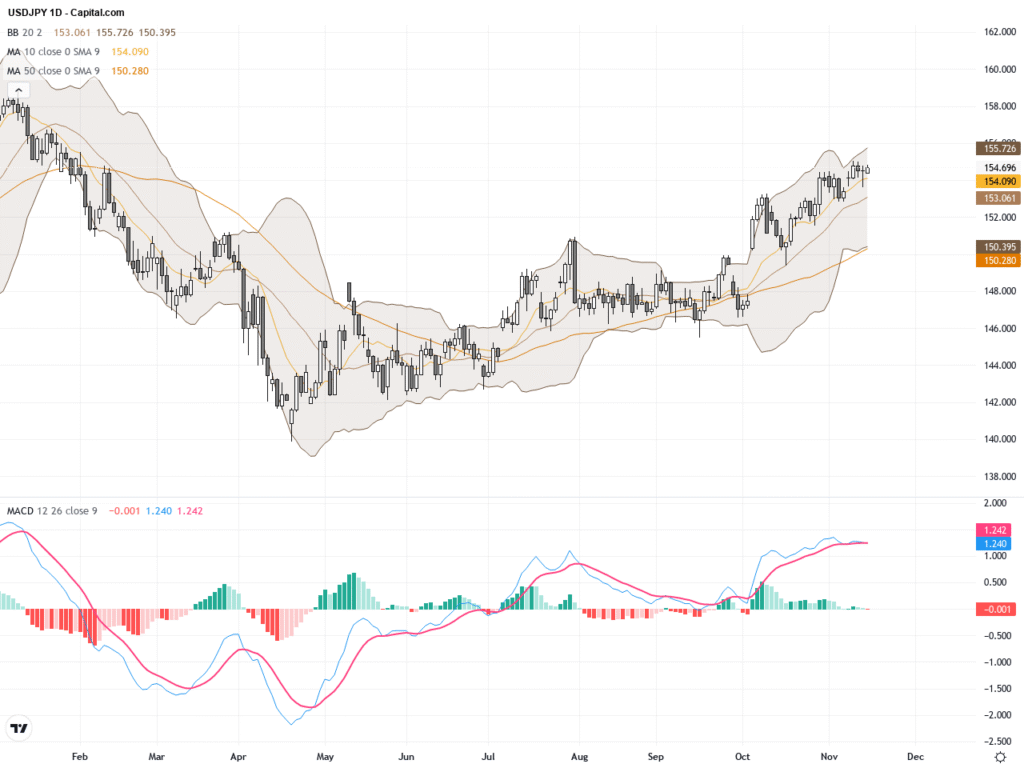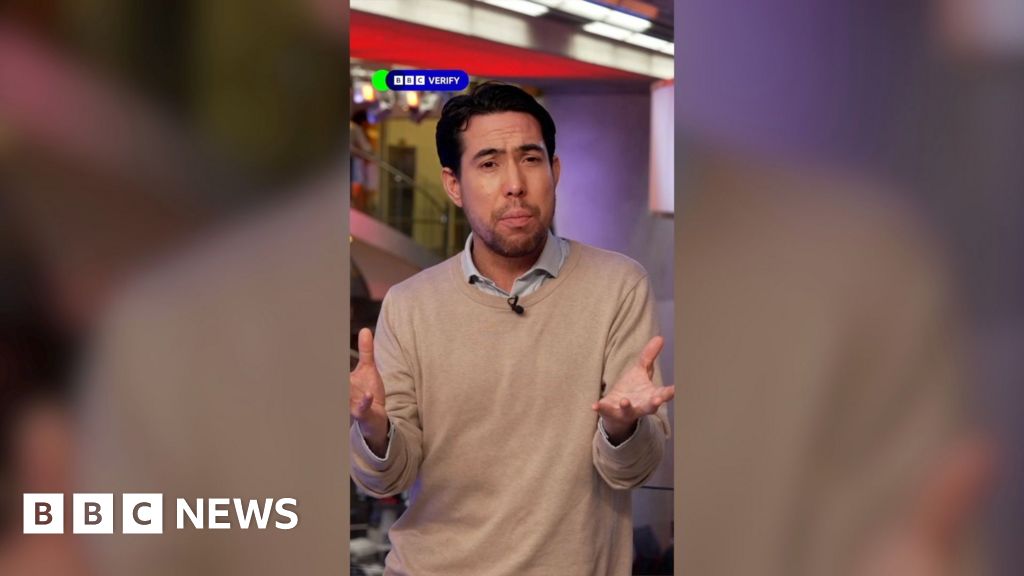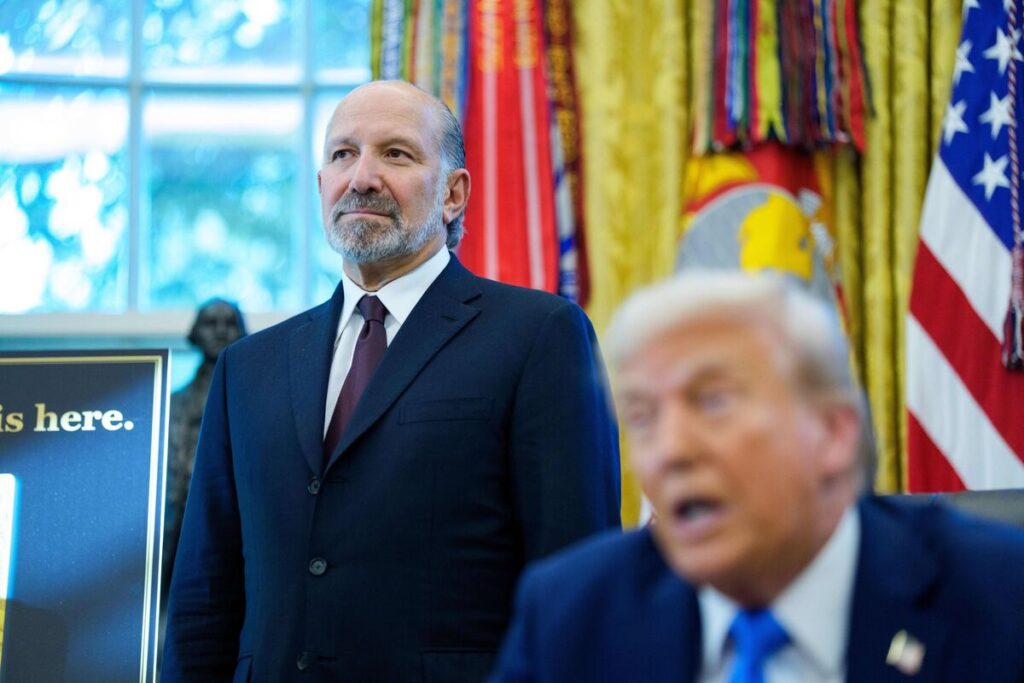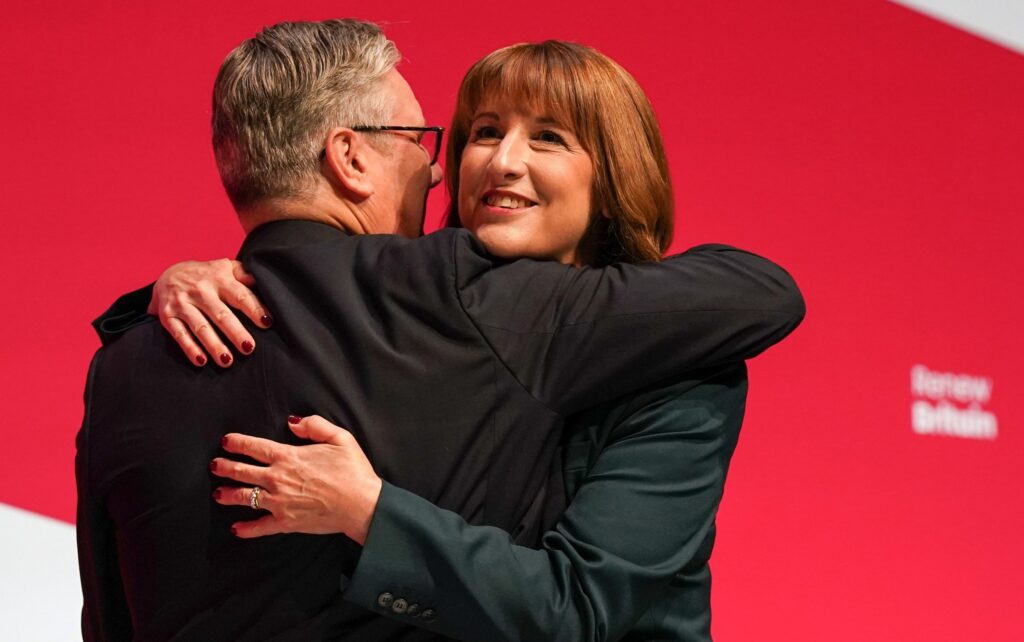 |
| Gold V.1.3.1 signal Telegram Channel (English) |

Gold and Silver Price Forecast 2025-2026: Trends, Predictions, and Key Market Drivers
2025-10-30 @ 02:00
Gold and Silver Price Forecast: A Comprehensive Analysis
The precious metals market has been a focal point of interest for investors and traders, particularly in the context of recent economic developments. The Federal Reserve’s stance on interest rates has played a significant role in shaping the price dynamics of gold and silver. In this article, we will delve into the current trends, forecasts, and factors influencing the prices of these metals.
Current Market Scenario
As of late October 2025, gold has been trading at historically high levels, surpassing $4,000 per ounce. This surge can be attributed to a combination of factors, including geopolitical uncertainty, inflationary pressures, and sustained demand from both investors and central banks. Silver, on the other hand, has been supported by a softer US dollar and steady industrial demand, particularly from China, which has helped maintain its price above $50 per ounce.
Gold Price Forecast
Major financial institutions have significantly altered their outlook on gold, with many predicting prices to reach $5,000 per ounce by 2026. Central banks have been aggressively accumulating gold, driven by political uncertainty and the need for safe-haven assets. This heightened demand, coupled with investment momentum, has solidified gold’s position as a key hedge against economic volatility.
Experts point to three primary drivers pushing gold prices upward:
- Central Bank Demand: The quarterly gold purchases by central banks have averaged around 710 tonnes in 2025, reflecting a persistent appetite for the metal amid geopolitical tensions and economic instability.
- Investment and Financial Uncertainty: The ongoing policy uncertainty and the perceived value of gold as a safe-haven asset have bolstered investment demand, contributing to its price rise.
-
Inflation and Global Economic Conditions: Rising inflation and concerns about global economic stability have increased gold’s appeal as an inflation hedge and a store of value.
Silver Price Forecast
Silver, often seen as gold’s more volatile counterpart, is also experiencing significant price movements. Analysts predict silver could return around 25% in 2025, reaching approximately $40 per ounce. This forecast stems from robust industrial demand, particularly in electronics and solar panels, along with a softer US dollar and consistent ETF inflows.
Projections for 2026 suggest that silver could achieve an all-time high above $52.50 per ounce. This bullish outlook is supported by:
- Industrial Demand: Steady consumption in key manufacturing sectors, including technology and renewable energy, underpins silver’s price stability.
-
US Dollar Dynamics: A weaker US dollar tends to boost silver prices, as it makes the metal more attractive to foreign investors.
-
ETF Inflows: Continued investment in silver ETFs adds to the upward pressure on prices.
Factors Influencing Price Movements
Several key factors are driving the price dynamics of both gold and silver in the current market landscape:
- Federal Reserve Policy: Decisions on interest rates impact the appeal of precious metals. A pause in rate hikes can lead to a weaker dollar, supporting higher metal prices.
-
Geopolitical Tensions: Uncertainty and instability in global politics often lead to increased demand for safe-haven assets like gold and, to a lesser extent, silver.
-
Economic Growth and Inflation: Sustained economic growth and rising inflation can drive investment demand for precious metals as investors seek hedges against potential economic downturns.
Conclusion
In conclusion, the precious metals market is experiencing a period of heightened activity, driven by a combination of economic, geopolitical, and monetary factors. Gold’s surge to historic highs reflects its enduring status as a safe-haven asset, while silver’s potential for growth is sustained by robust industrial demand and supportive macroeconomic conditions. As the global economic landscape continues to evolve, investors are likely to remain cautious yet optimistic about the future prospects of these metals.








